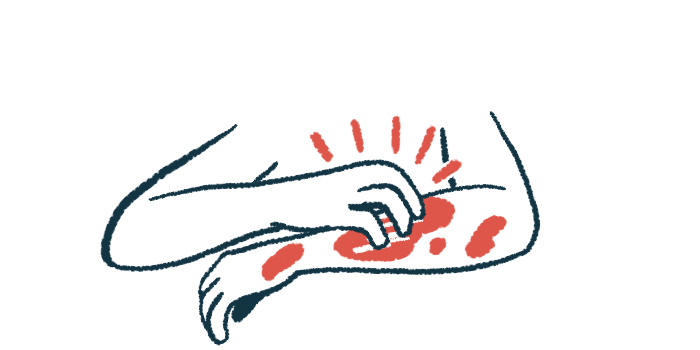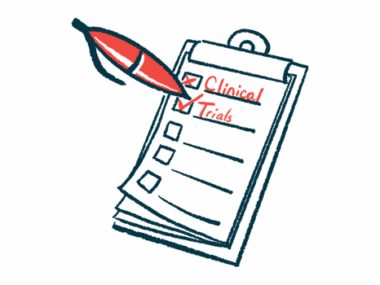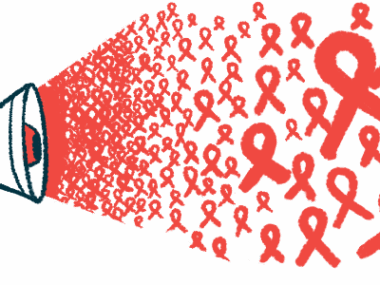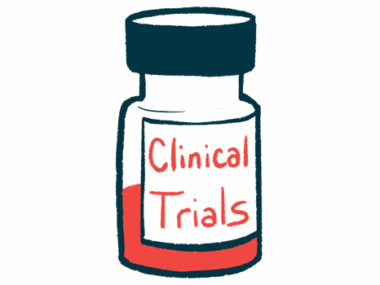Most patients report beneficial effect from Filsuvez on EB wounds
A real-world study found treatment also brought a reduction in pain and itching
Written by |

People living with epidermolysis bullosa (EB) generally reported that Filsuvez (birch triterpenes) had a beneficial effect on wound healing, according to a real-world study in Germany.
The treatment helped with faster wound healing and closure, with less bleeding and inflammation. Some patients also reported a reduction in pain and itching.
“In our experience, [Filsuvez] performed well regarding patient-reported outcomes,” researchers wrote. “It is part of the therapeutic arsenal of junctional and dystrophic epidermolysis bullosa-associated wounds.”
The study, “Real-World Experience With Oleogel-S10 for Wounds in Epidermolysis Bullosa,” was published in the journal JEADV Clinical Practice. Two of the three researchers served as advisors and speakers for Chiesi, the company that markets Filsuvez.
EB is a group of disorders that cause fragile skin prone to blistering and tearing. Recurrent and chronic wounds are characteristics of EB.
Filsuvez, previously known as Oleogel-S10, is a topical gel approved in the U.S. and the European Union to treat wounds in people with dystrophic epidermolysis bullosa (DEB) or junctional epidermolysis bullosa (JEB).
Evaluating Filsuvez use in routine care
The study retrospectively evaluated the use of Filsuvez in routine wound care in 16 people with EB at the Medical Center-University of Freiburg, in Germany. Participants had a median age of 19 years and were prescribed the treatment after its approval between 2022 and 2023. Ten patients had severe recessive DEB (RDEB), two had intermediate RDEB, three had intermediate JEB, and one had dominant DEB.
Chronic wounds chosen for follow-up were located in the legs, arms, lower back and buttocks, and head and neck. The wounds ranged from 1 to more than 20 square centimeters in area. Patients used Filsuvez at each dressing change, once daily or every other day according to individual routine.
Of the 14 patients with available data (the other two were excluded from the analysis because they did not use the medication), 11 said the treatment was beneficial when used regularly for an average of seven months and continued using it for 1.5 years after this evaluation without reported side effects.
“Almost 80% (11/14) of the patients with DEB and JEB regularly used [Filsuvez] because they felt a benefit in terms of wound healing and symptom reduction,” the scientists wrote.
Overall, eight patients reported partial wound closure and faster healing, while three experienced less bleeding. Two had complete wound healing, and two reported reduced inflammation.
All participants with DEB showed partial wound closure and faster healing, although the wounds relapsed in the same areas. Those with intermediate JEB also experienced partial healing of longstanding wounds, despite the appearance of new blisters.
In addition, four participants reported pain reduction (from a mean score of 7 to 3 on a 10-point scale) and seven described reduced itch (from a score of 5.6 to 3.4 after treatment).
Three patients with RDEB, or their caregivers, saw no improvement, with wounds relapsing or worsening. They stopped treatment after two to six months.
“This study provides insights into the use of [Filsuvez] in patients with different types of EB in routine wound care,” the researchers wrote.






